Chasing crocs in the Cape York wilderness is the perfect getaway for Terri, Bindi and Robert. PHILLIP KOCH joins them on their annual pilgrimage to “Steve’s Place”.
Terri Irwin shares her life and family with the world – but when she, Bindi and Robert head to the bush, it’s back to basics, cooking, eating and washing around a camp fire. That their temporary campsite is perched on the bank of the Wenlock River, which is home to hundreds of crocodiles, only makes it more appealing for this family of wildlife warriors.
This week marks five years since Steve Irwin’s shocking death on September 4, 2006, when he was killed by a giant stingray’s poisonous barb. His wife and children are on their yearly pilgrimage to “Steve’s Place”, 135,000 hectares of untouched wilderness that’s a living memorial to the Crocodile Hunter. “I think of it like paradise,” explains Bindi, who recently celebrated her 13th birthday. “Of course, I miss my dad but I do feel like he’s watching over us. He loved this place so much.”
Terri, Bindi and Robert, 7, who is the spitting image of his knockabout dad, are two weeks into a month-long trip to the Steve Irwin Wildlife Reserve at Cape York in far north Queensland. It’s a two-hour drive on dirt tracks from the tiny town of Weipa, which gets completely cut off from the world in the wet season. They camp on the banks of the river, sleep in tents and the kids do their school lessons with a tutor around a camp fire in between expeditions to find, tag and release crocodiles.
There are few luxuries, but they do have a washing machine powered by a generator and a camp shower which uses water from the river (they also drink river water). If anyone has time to fish they eat wild barramundi, but much of their food comes out of cans. They have one phone line which is shared among the 15 people who make up the research group. This year they also feel less isolated thanks to a new tower which provides Wi-Fi access… and is home to an eagle’s nest.
Read more about Terri, Bindi and Bob Irwin in this week’s Woman’s Day, on sale September 5, 2011.

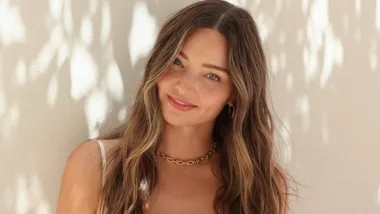
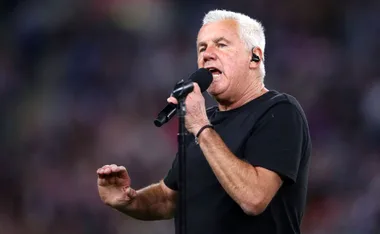
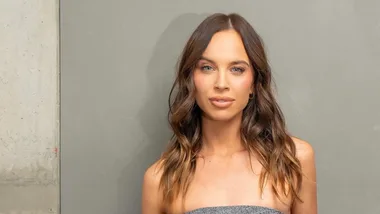
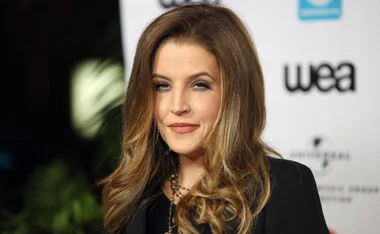
-(1).png?resize=380%2C285)
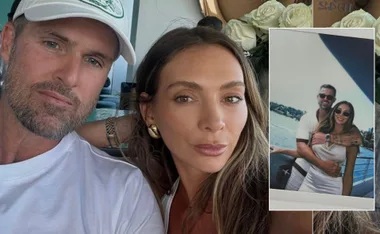
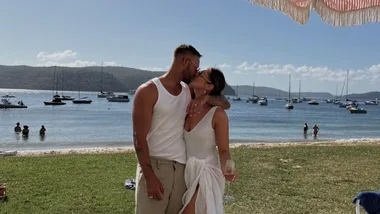
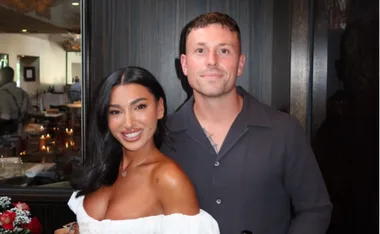

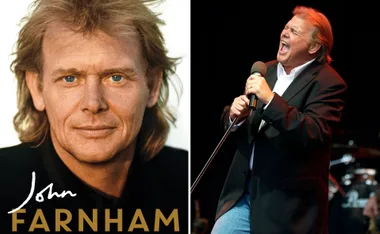








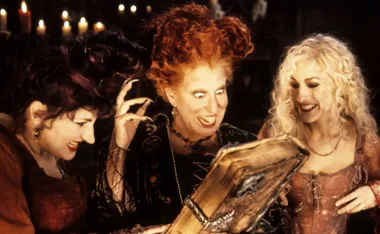
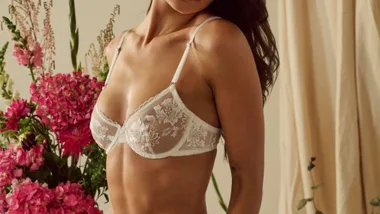
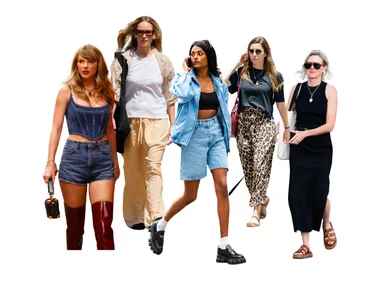
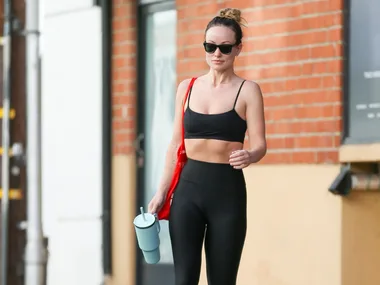
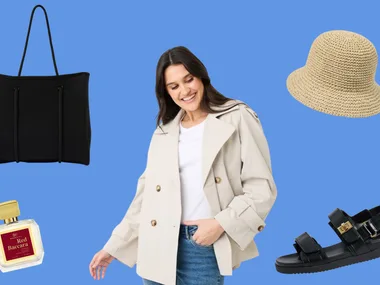































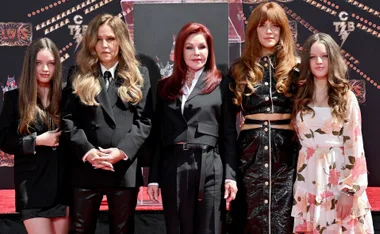
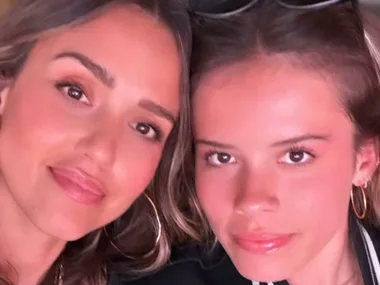





.png?resize=380%2C285)
